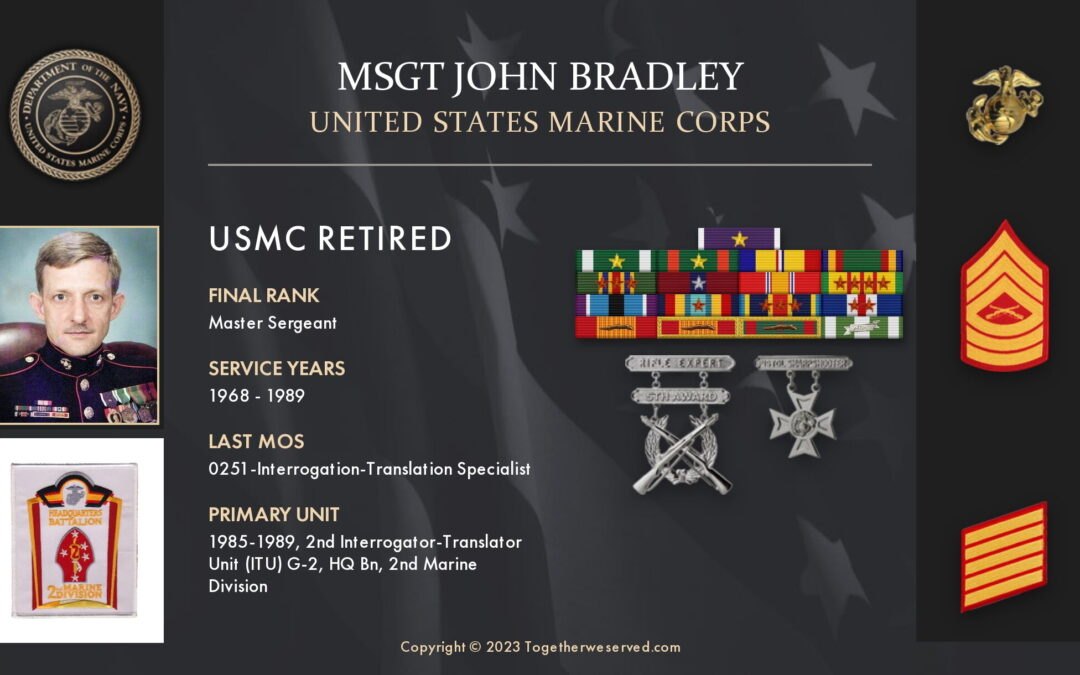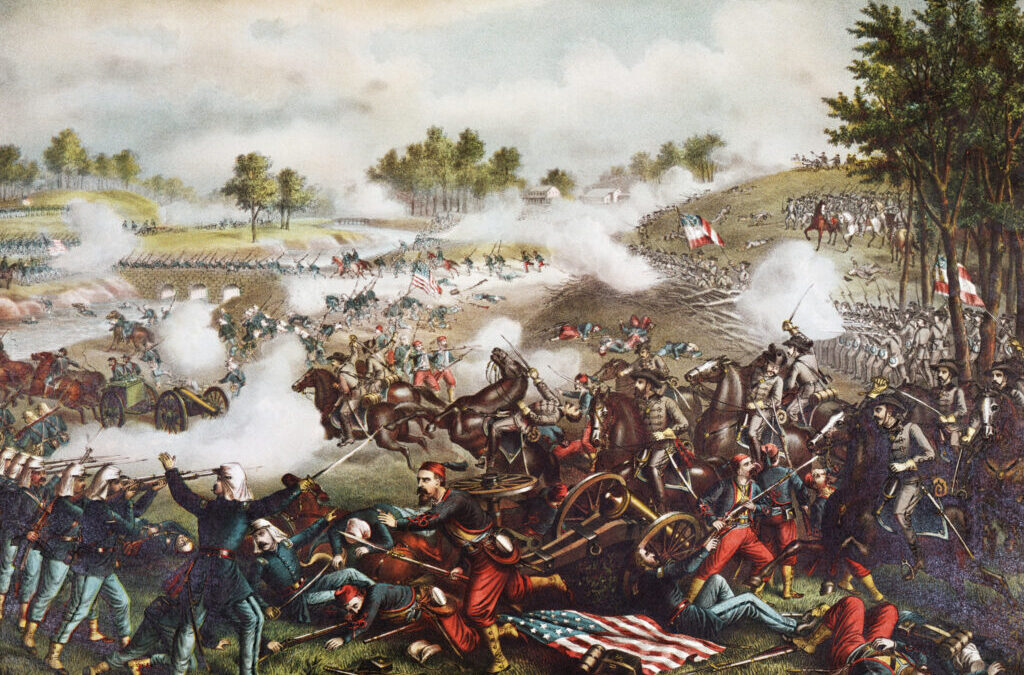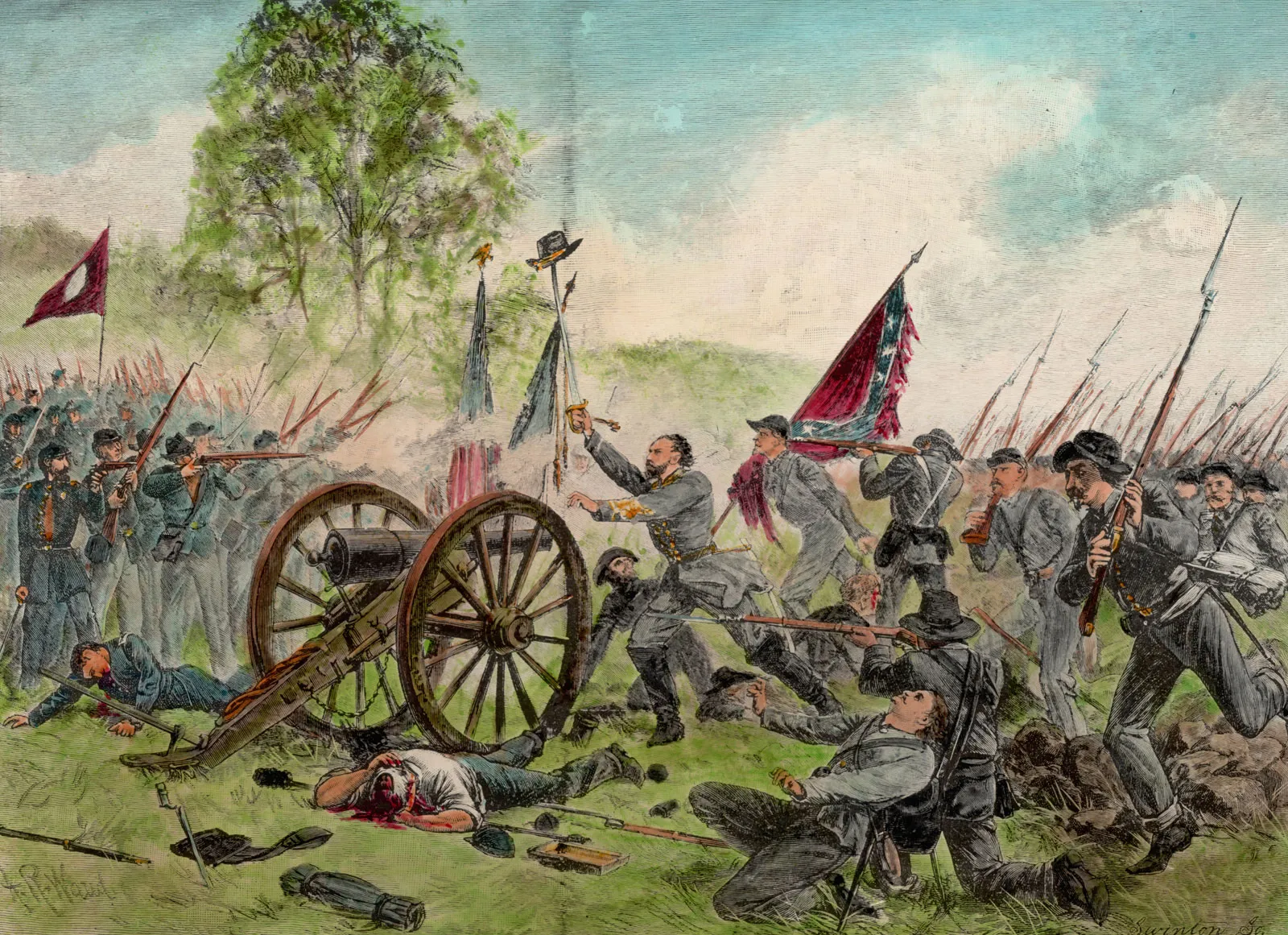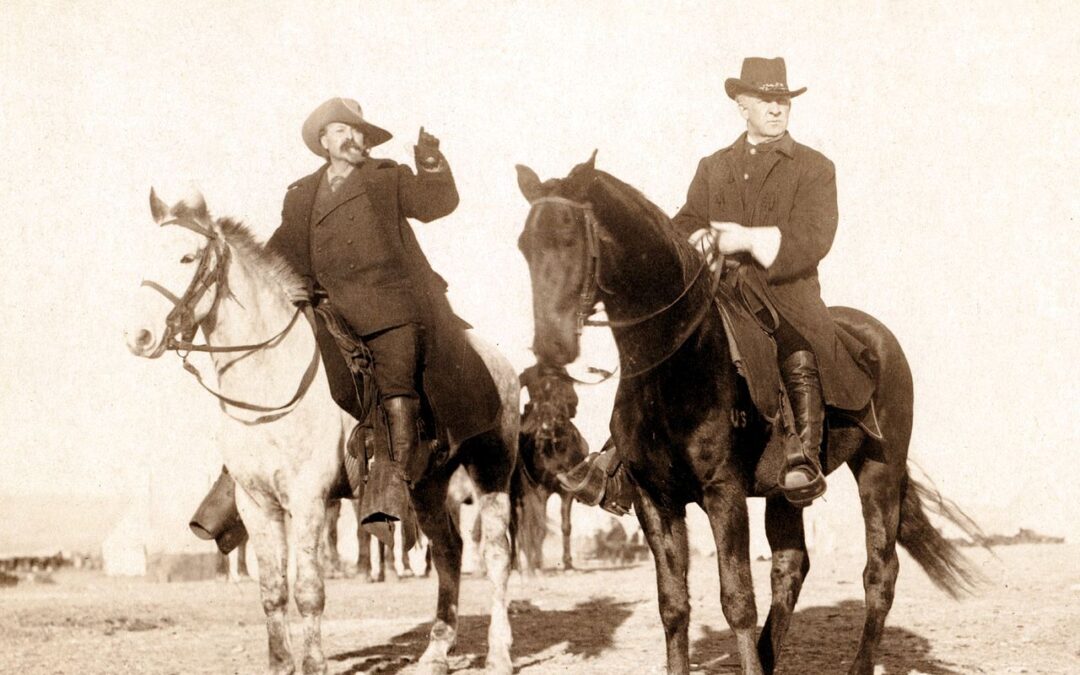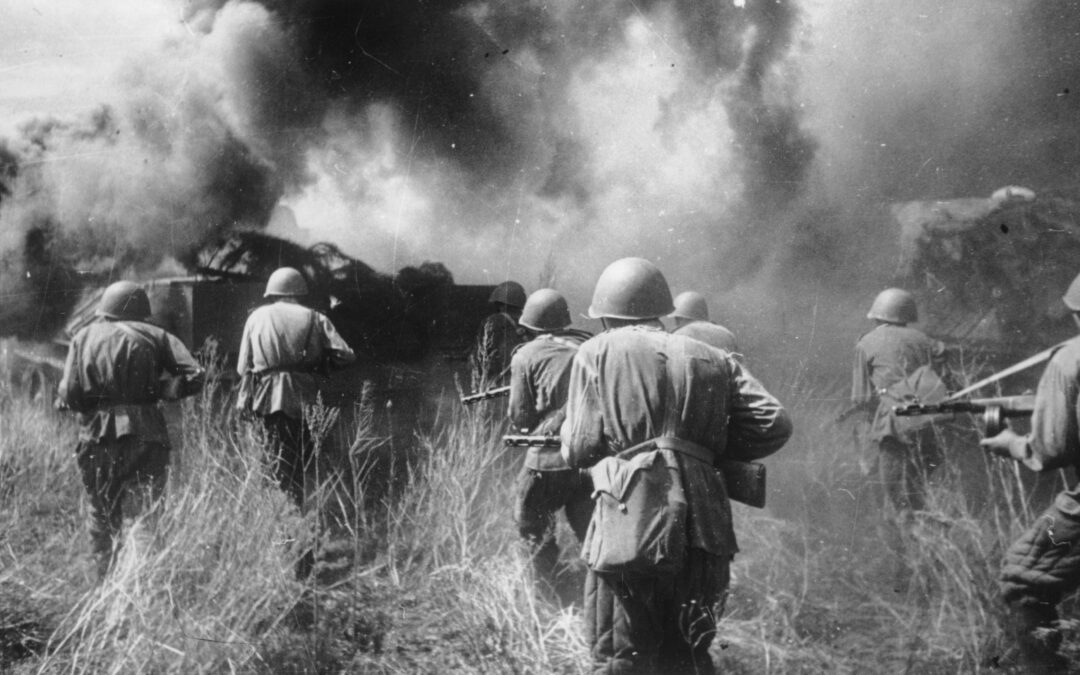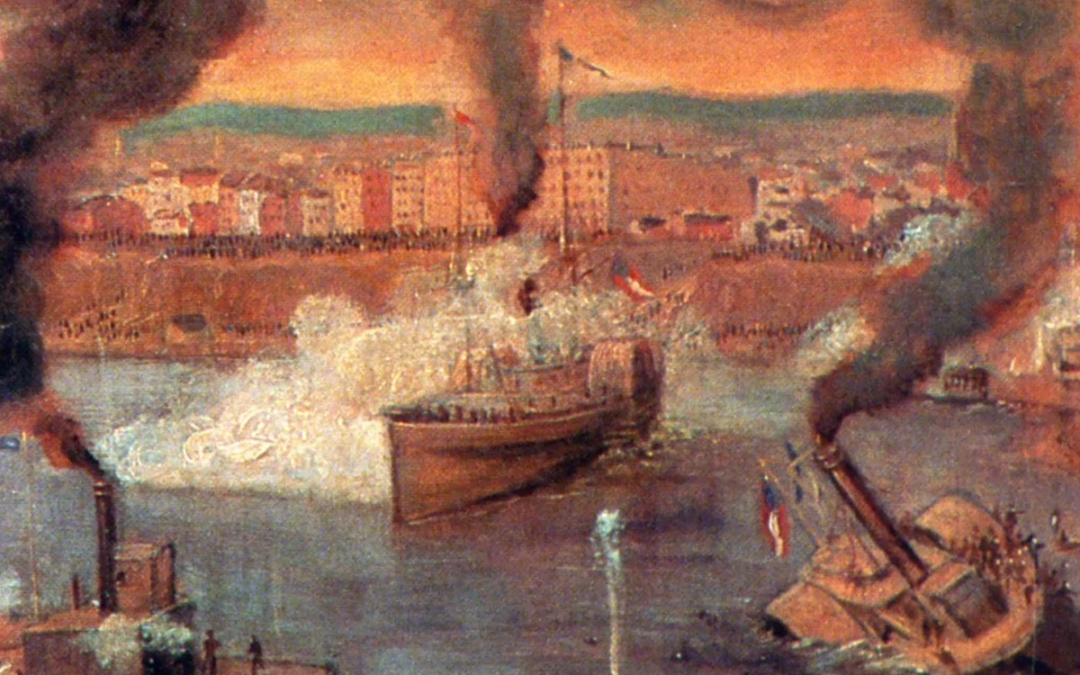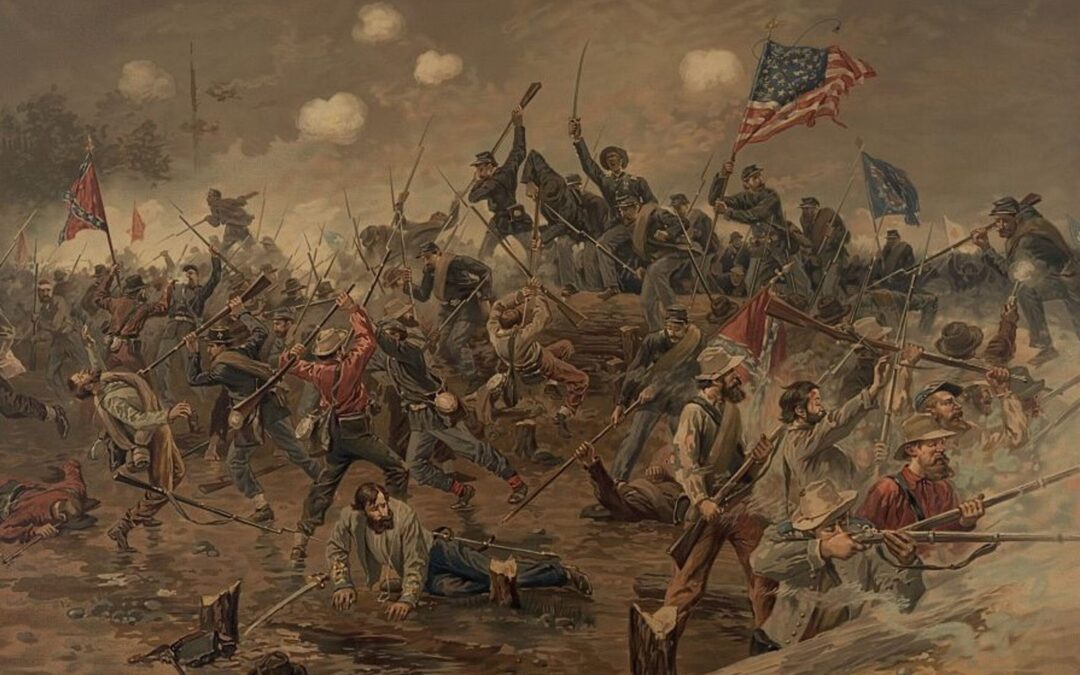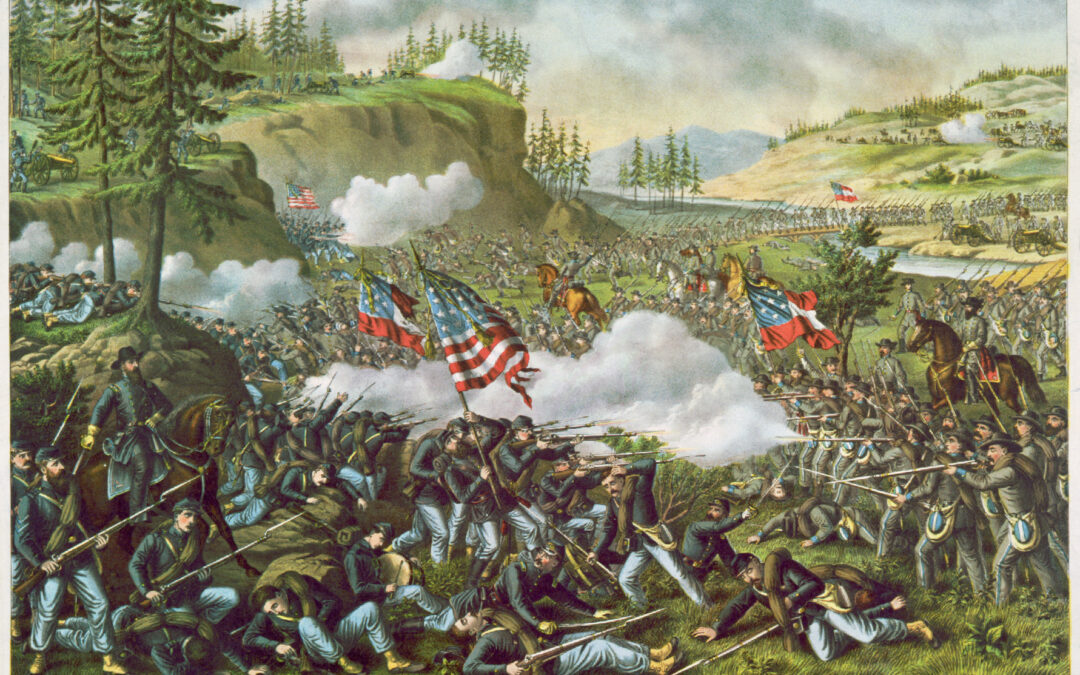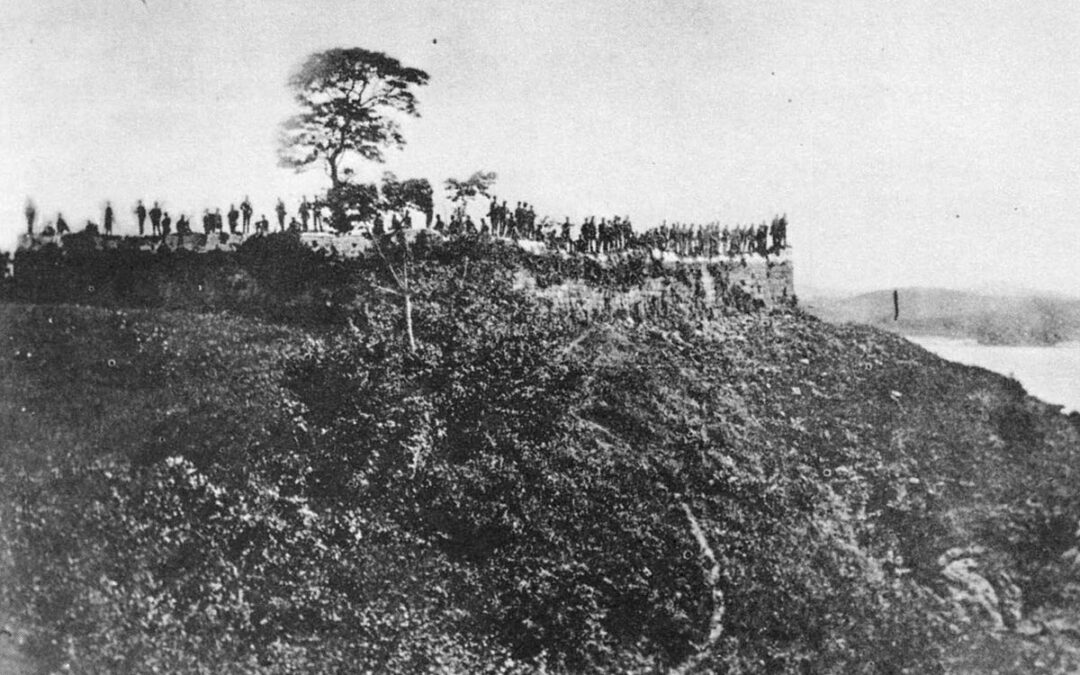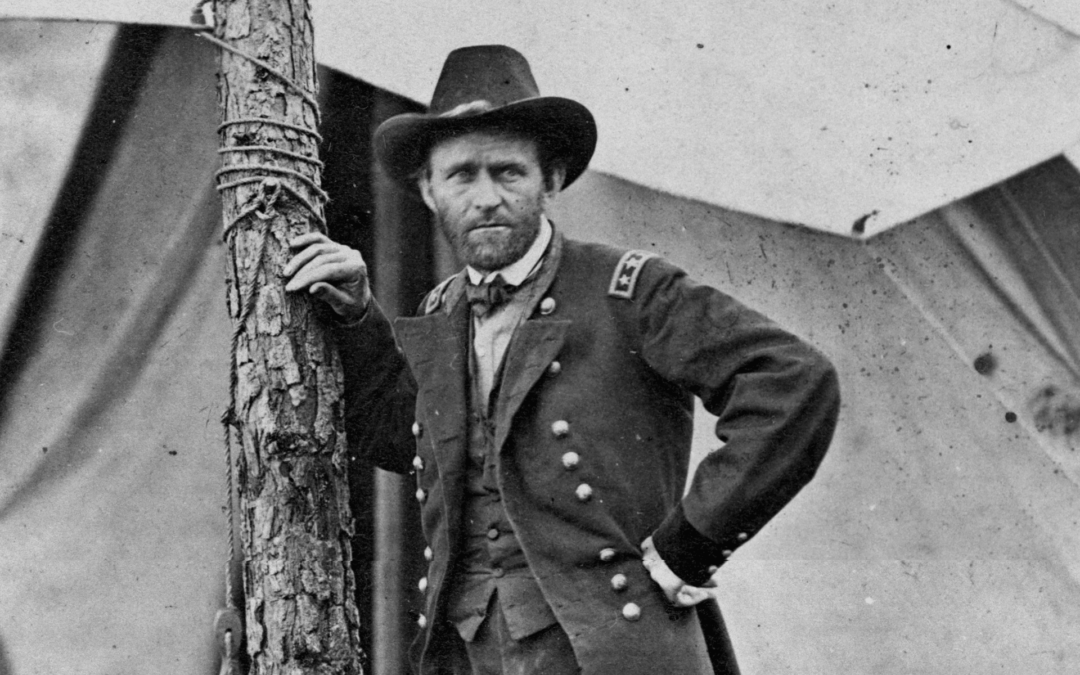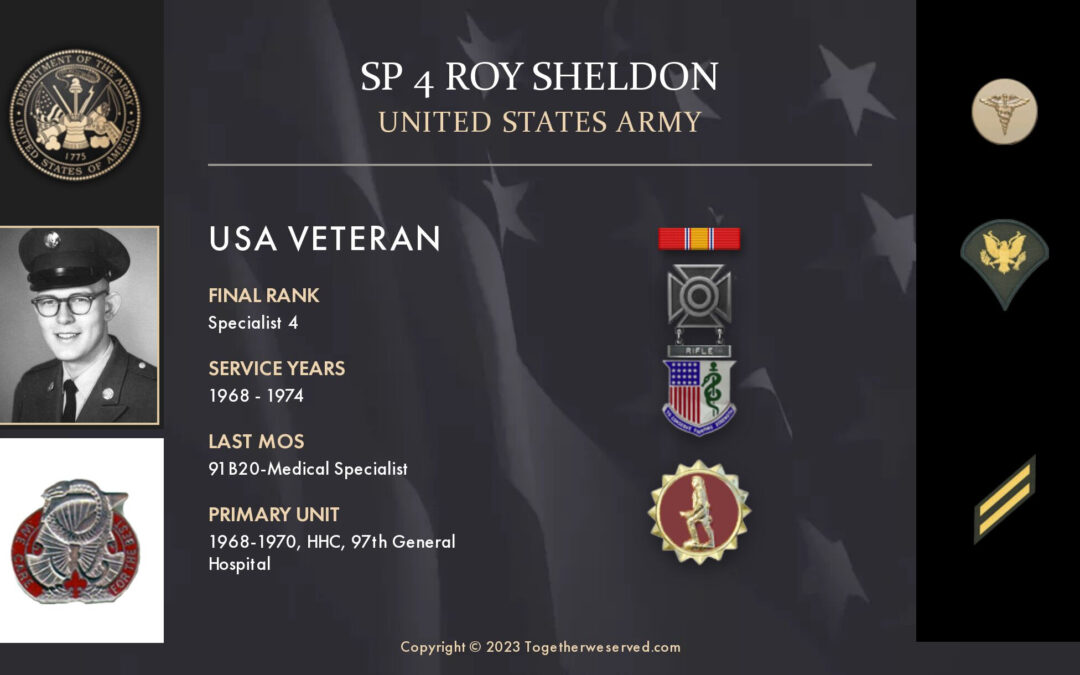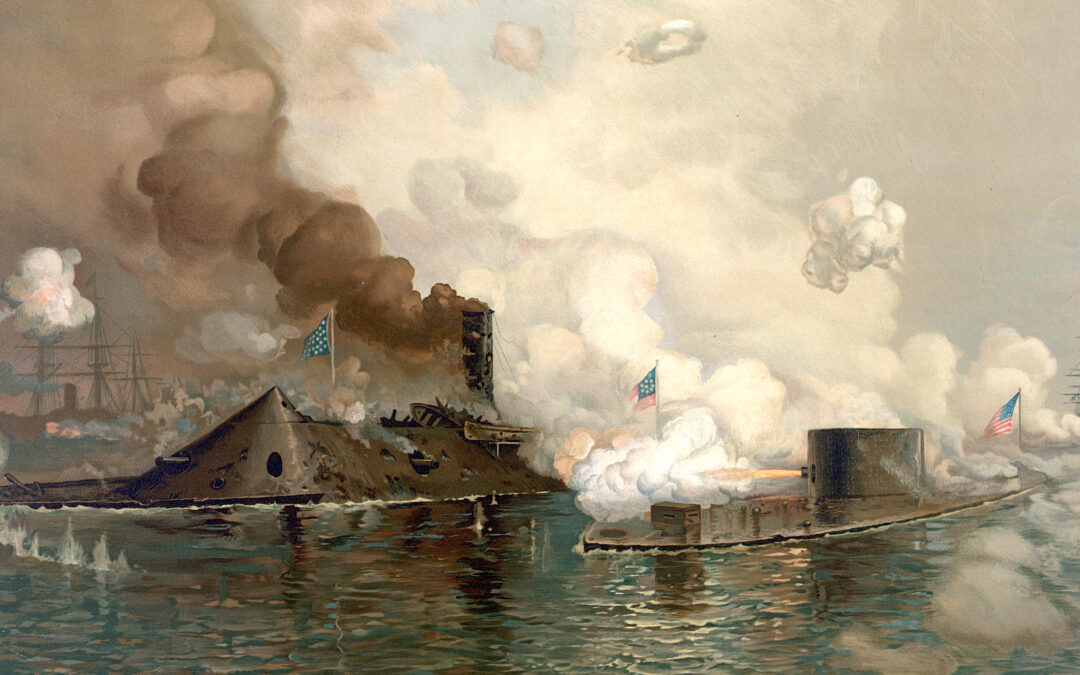I was named after my Great Uncle John Vander Schaff, who was in the Army from 1907-1911, serving in the Philippine Insurrection, Cuban Insurrection and Mexican Border Campaign; he then joined the US Marine Corps serving from 1911-1919. He served in the Peking Legation Guard and later was Marine Barracks Manilla, Mare Island and Marine Guard at Portsmouth Naval Prison. He was transferred Sea Duty in WWI, although he did not serve in combat as he was reassigned to escort military prisoners from France back to the US. He was discharged in 1919. I grew up with his often hilarious stories of his time overseas. I also come from a family where every male had served in the USA or Navy since the American Revolution, and on both sides during the Civil War, it was expected I would put in a hitch during the Vietnam War, as did all of my cousins. The big difference was I stayed in for 20 years.
